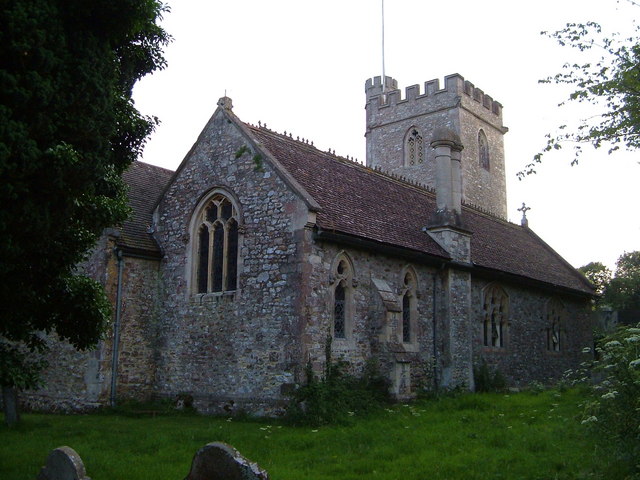Farway on:
[Wikipedia]
[Google]
[Amazon]
 Farway is a small village,
Farway is a small village,
 Farway is a small village,
Farway is a small village, civil parish
In England, a civil parish is a type of administrative parish used for local government. It is a territorial designation which is the lowest tier of local government below districts and counties, or their combined form, the unitary authority ...
and former manor in the East Devon
East Devon is a Non-metropolitan district, local government district in Devon, England. Its council has been based in Honiton since February 2019, and the largest town is Exmouth (with a population of 34,432 at the time of the 2011 census).
...
district of Devon
Devon ( , historically known as Devonshire , ) is a ceremonial and non-metropolitan county in South West England. The most populous settlement in Devon is the city of Plymouth, followed by Devon's county town, the city of Exeter. Devon is ...
, England. The village is situated about south-east of Honiton
Honiton ( or ) is a market town and civil parish in East Devon, situated close to the River Otter, north east of Exeter in the county of Devon. Honiton has a population estimated at 11,822 (based on mid-year estimates for the two Honiton Ward ...
. The village lies on the River Coly
The River Coly is a long river in the county of Devon, in the south-west of England. It rises in several streams in the north of the parish of Farway. It then flows south through Farway village before turning east and flowing through the town of ...
, which rises in the north of the civil parish and which is crossed by a ford
Ford commonly refers to:
* Ford Motor Company, an automobile manufacturer founded by Henry Ford
* Ford (crossing), a shallow crossing on a river
Ford may also refer to:
Ford Motor Company
* Henry Ford, founder of the Ford Motor Company
* Ford F ...
in the village.
The small parish church of St Michael has a tower with 13th century north aisle arcade incorporating Norman piers. Features of interest include the Elizabethan communion table
Communion table or Lord's table are terms used by many Protestant churches—particularly from Reformed, Baptist and low church Anglican and Methodist bodies—for the table used for preparation of Holy Communion (a sacrament also called the '' ...
and various monuments. The bust to Humphrey Hutchins commemorates his rebuilding of part of the church in 1628; the monument to Sir Edmund Prideaux, 1st Baronet (d. 1628/29) of Netherton shows recumbent effigies of himself and his son.
Historic estates
* Netherton was long owned by the Prideaux family. The mansion house known as Netherton Hall was built in 1607 during the life of Sir Edmund Prideaux, 1st Baronet (d. 1628/29), though the part to the east is perhaps earlier in date. By the end of the 18th century it was quite ruinous and underwent aVictorian restoration
The Victorian restoration was the widespread and extensive refurbishment and rebuilding of Church of England churches and cathedrals that took place in England and Wales during the 19th-century reign of Queen Victoria. It was not the same proce ...
in 1836–44. At this time the south wing which included the chapel was pulled down leaving the west and north wings.Pevsner, N. (1952) ''South Devon''. Harmondsworth: Penguin; p. 210 It was the birthplace of Edmund Prideaux (d. 1659), of Ford Abbey
Forde Abbey is a privately owned former Cistercian monastery in Dorset, England, with a postal address in Chard, Somerset. The house and gardens are run as a tourist attraction while the estate is farmed to provide additional revenue. Forde Abbey ...
, MP.
References
External links
<> Villages in Devon {{Devon-geo-stub